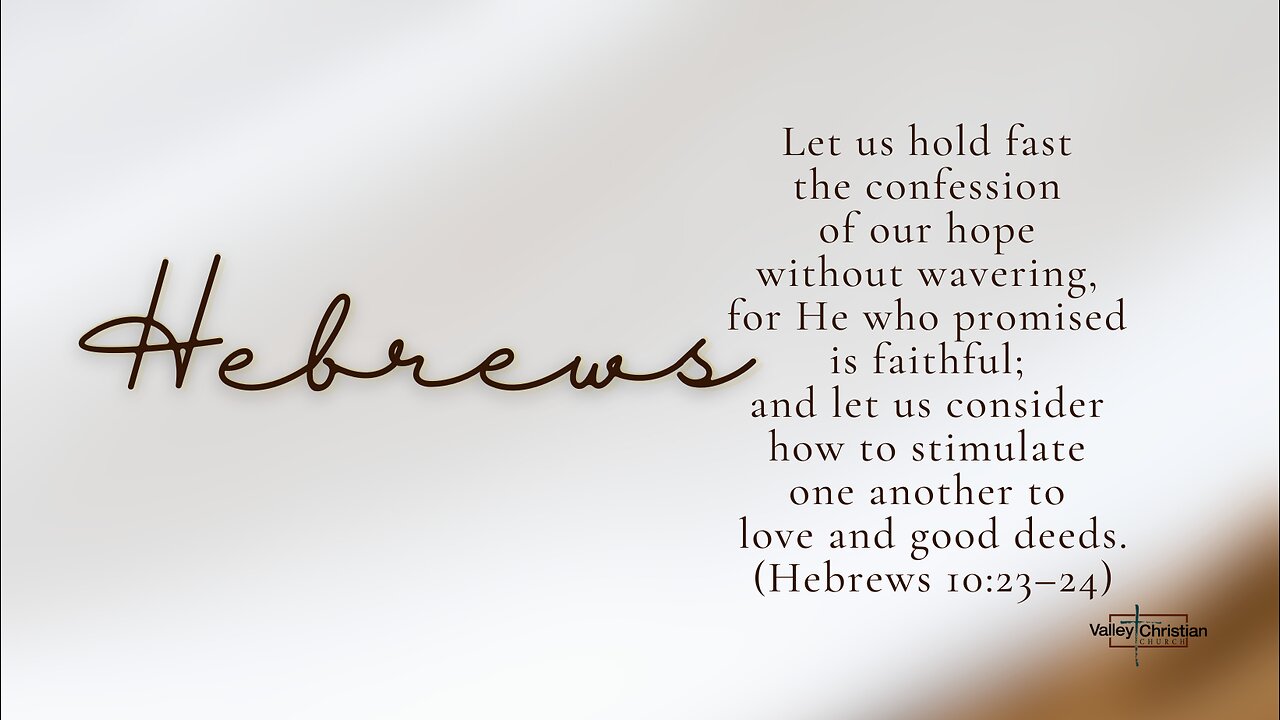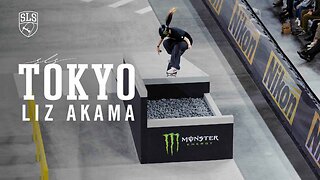Premium Only Content

Jesus the High Priest
Jerry provides a detailed exploration of Hebrews 5:1-6, drawing connections between the Old Testament priesthood, Melchizedek, and the priesthood of Jesus. He covered various passages from both the Old and New Testaments, emphasizing the uniqueness of Jesus as the eternal High Priest according to the order of Melchizedek.
Here's a summary of the key points you've made:
Introduction and Review (Hebrews 4:11-16):
Emphasis on entering God's rest and the power of the living Word of God.
High Priesthood of Jesus (Hebrews 4:14-16):
Jesus as the great High Priest who sympathizes with human weaknesses.
Access to the throne of grace through Jesus' death and resurrection.
Comparison with Human High Priests (Hebrews 5:1-2):
Human high priests appointed to represent men before God.
Compassion due to shared human weaknesses.
Jesus' Uniqueness as High Priest (Hebrews 2:14-18, 4:15):
Jesus shares in human flesh and blood, suffering and temptation.
His sacrifice once and for all, in contrast to the repeated sacrifices of human priests.
High Priesthood according to the Order of Melchizedek (Hebrews 5:5-6):
Jesus did not glorify Himself but was appointed by God.
Reference to Psalm 110:1-7 declaring Jesus as a priest forever according to the order of Melchizedek.
Melchizedek as a Type of Christ (Genesis 14:18-20, Psalm 110:1-7):
Melchizedek's meeting with Abram after the battle.
Melchizedek as king of righteousness and king of peace.
The priesthood of Melchizedek continuing continually, unlike the Levitical priesthood.
Comparison with Aaronic Priesthood (Exodus 28:1):
Aaronic priesthood from the tribe of Levi, temporary and succeeded by descendants.
Jesus' priesthood is eternal and according to the order of Melchizedek.
Future Reign of Christ (Isaiah 9:6-7, Revelation 19:11-21):
Jesus from the tribe of Judah, the kingly line.
The future reign of Christ as depicted in Revelation 19:11-21.
-
 18:38
18:38
DeVory Darkins
19 hours ago $9.95 earnedTrump Makes HUGE Announcement that may spark GOP Battle
28.2K49 -
 2:13:05
2:13:05
The Nerd Realm
5 hours ago $1.50 earnedNew Years Eve! Fortnite Hunters w/ YOU! Creator Code: NERDREALM
19.4K2 -
 LIVE
LIVE
FusedAegisTV
21 hours agoNYE Eve! - 2025 Incoming 🎉 - 12hr Variety Stream!
258 watching -
 1:18:52
1:18:52
Awaken With JP
8 hours agoSomehow The World DIDN’T End This Year! - LIES Ep 72
70.2K40 -
 1:19:34
1:19:34
Michael Franzese
6 hours agoWhat 2024 Taught Us About the Future?
72.7K17 -
 1:48:09
1:48:09
The Quartering
6 hours agoBird Flu PANIC, Sam Hyde DESTROYS Elon Musk & Patrick Bet David & Woke Witcher?
87.8K62 -
 4:47
4:47
SLS - Street League Skateboarding
3 days agoLiz Akama’s 2nd Place Finish at SLS Tokyo 2024 | Best Tricks
28.8K3 -
 4:06:54
4:06:54
LumpyPotatoX2
5 hours agoHappy New Year Rumble ! - #RumbleGaming
20K -
 10:37
10:37
One Bite Pizza Reviews
1 day agoBest of Barstool Pizza Reviews 2024
49K29 -
 2:37
2:37
Tate Speech by Andrew Tate
7 hours ago2025 WILL BE YOUR YEAR
85.5K31